Fire Damage Photo Gallery
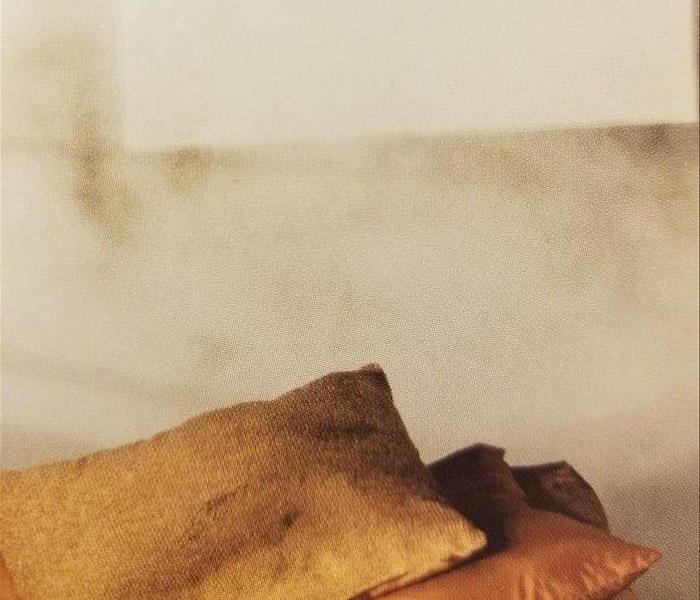
Soot Can Be The Worst Part
Many times, a fire can be small and not even produce much in the way of flames. But the amount of smoke and soot it creates can be far reaching. It gets into everything. Ceilings, walls, floors and contents. It needs to be cleaned properly to avoid cross contamination and lingering odors.
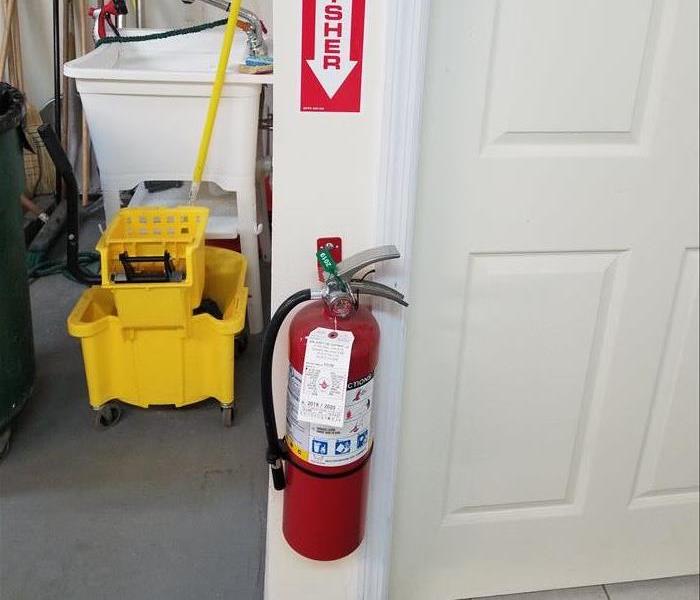
Fire Extinguisher PASS Approach
The basic use of a fire extinguisher can be best described in the acronym PASS "P" - PULL the pin at the top of the extinguisher, breaking the seal "A" - AIM. Approach the fire standing at a safe distance "S" - SQUEEZE the handles together to discharge the extinguishing agent inside "S" - SWEEP back and forth at the base of the fire
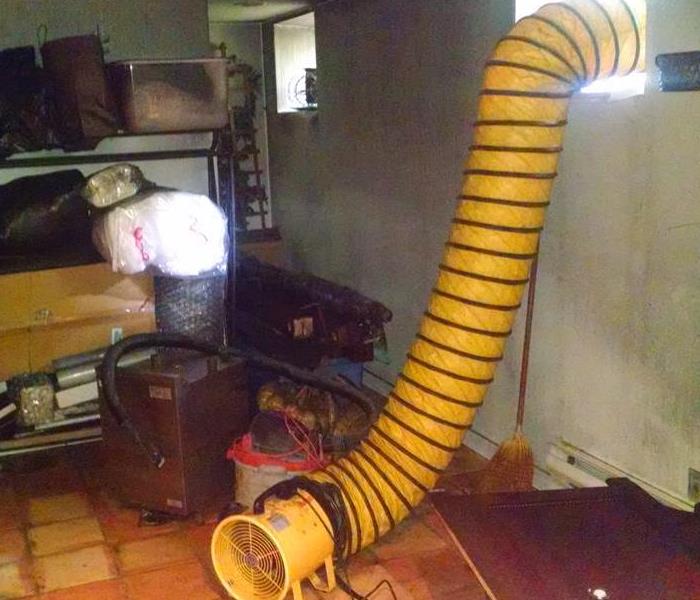
Air Quality
Depending upon the type of fire an enclosed area, like a basement, can have significant smoke damage. Aside from the cleanup that needs to be done, the air quality can suffer considerably.
In this case an air scrubber was run during the cleanup to both clean the air can help with the odor.
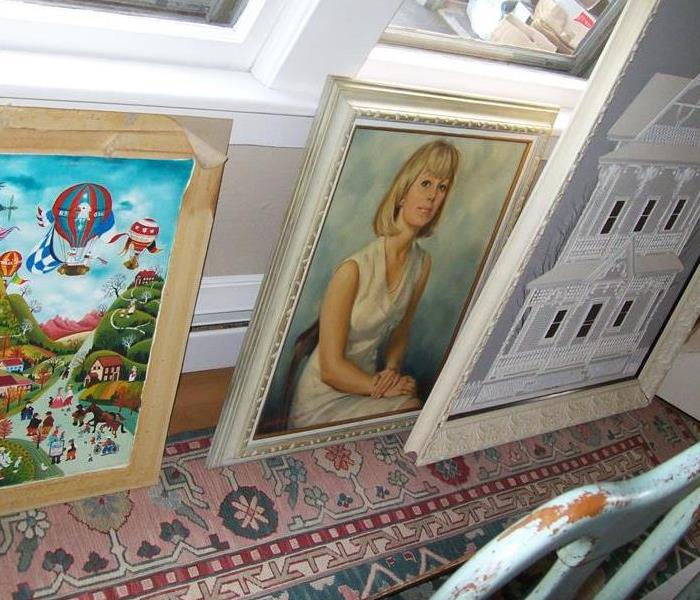
Specialty Restoration
Sometimes after a fire certain specialty items, such as artwork can be affected. It is important, especially with extremely valuable items, they are handled properly so they can be restored to preloss condition.
SERVPRO of North Morris County has the expertise can make this happen.
Clean-to-Paint
There are two different approaches after a fire, if the structural materials do not need to be removed.
One is called "clean-to-clean". This means after the item is cleaned it has been back to preloss condition.
The other is called "clean-to-paint" such as this door. This means the item can be cleaned well enough to the point where it can be painted afterwards.
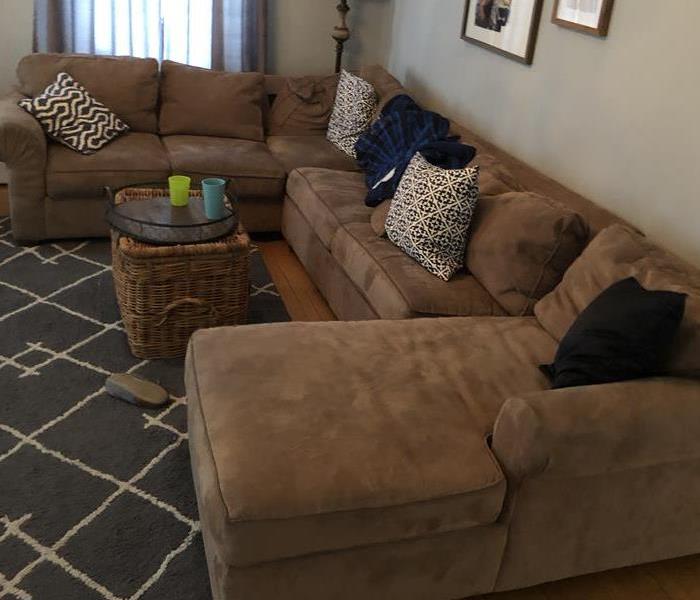
Soot Affects More Than Walls
Although this was a minor fire, there was smoke throughout the first floor. It seemed that only the ceiling and walls were affected, but after pre-testing, the soot was found on the furniture as well.
Not cleaning it could have resulted in cross contamination later.






 24/7 Emergency Service
24/7 Emergency Service